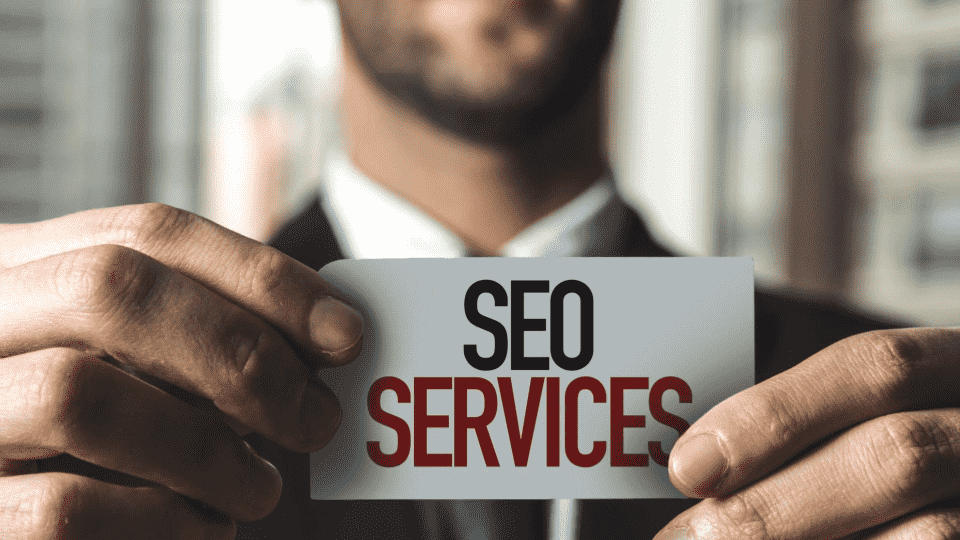Building a Strong Brand Presence on LinkedIn
In today's fast-paced digital landscape, small business owners must harness the power of online marketing to grow their brand, reach new customers, and drive sales. Among the numerous social media platforms available, the foundation of a successful LinkedIn marketing strategy for small businesses is a well-crafted, optimized company profile.
Whether you're just starting on LinkedIn or looking to take your small business's online presence to the next level, we will equip you with the knowledge and tools you need to harness the power of the platform.
So, let's dive in and discover how you can acquire real LinkedIn followers and propel your small business to new heights.

Recognizing the Importance of LinkedIn for Small Businesses
In today's digital-first world, having a strong online presence is crucial for small businesses to succeed. LinkedIn, in particular, offers a unique opportunity for small companies to reach a vast, targeted audience and establish themselves as industry leaders. One of the primary benefits of using LinkedIn for small businesses is the ability to get LinkedIn followers. By building a robust network of connections, small businesses can tap into a pool of potential customers, partners, and industry influencers.
LinkedIn's advanced search and targeting capabilities allow you to identify and connect with your ideal audience, making it an invaluable tool for lead generation and customer acquisition. Beyond networking, LinkedIn also allows small businesses to position themselves as experts in their field.
Crafting a Compelling LinkedIn Profile for Your Small Business
The foundation of a successful LinkedIn marketing strategy for small businesses is a well-crafted, optimized company profile. Your LinkedIn profile serves as the online representation of your brand, so it's crucial to make a strong first impression.
Start by selecting a professional-looking profile picture and cover image that accurately reflects your small business's brand identity and visual aesthetic. These visual elements will be the first thing your connections and potential customers notice, so make sure they are visually appealing and aligned with your overall branding.
Next, craft a compelling company description that succinctly communicates your small business's mission, products, and services. Use clear, concise language that speaks directly to your target audience, and be sure to incorporate relevant keywords and phrases that potential customers might use to search for your business. Regularly update your small business's LinkedIn page with relevant information, such as company news, product updates, and industry insights. This will keep your profile fresh, and engaging, and demonstrate to your connections that your small business is actively involved on the platform.
Developing a Content Strategy to Engage Your LinkedIn Audience
Creating a strategic content plan is essential for small businesses looking to succeed on LinkedIn. By sharing valuable, informative content, you can attract new connections, build brand awareness, and position your small business as an industry leader.
LinkedIn's algorithm favors content that is original, insightful, and tailored to the platform's professional user base. Avoid simply repurposing content from other social media platforms or your small business's website. Instead, create content that is specifically designed for LinkedIn and its audience.
In addition to your own original content, consider curating and sharing relevant posts from industry leaders, influencers, and other trusted sources. This not only demonstrates your engagement with your field but also helps to build relationships with other professionals in your industry.

Leveraging LinkedIn's Advertising and Targeting Capabilities
While organic content is essential for building your small business's presence on LinkedIn, don't overlook the power of LinkedIn's advertising platform. With its advanced targeting capabilities, LinkedIn ads can help you reach your ideal customers and drive measurable results.
One of the key advantages of LinkedIn advertising is the ability to target your ads to specific demographics, job titles, industries, and even LinkedIn groups. This level of precision allows you to tailor your messaging and offers to the exact audience you're trying to reach, maximizing the effectiveness of your advertising efforts.
When creating your LinkedIn ads, focus on developing compelling, visually engaging creatives that capture the attention of your target audience. Use clear, concise language that speaks directly to their pain points and challenges, and offers a valuable solution or incentive to encourage them to take action.
Leveraging LinkedIn Groups and Networking Opportunities
LinkedIn groups are a powerful tool for small businesses to connect with their target audience, build relationships, and position themselves as industry experts. By actively participating in relevant groups, you can engage with potential customers, share your expertise, and even generate new leads.
Start by identifying and joining groups that are relevant to your small business's industry or target market. Look for groups with an active and engaged membership, as these are more likely to provide valuable networking and content-sharing opportunities.
Once you've joined a group, be an active participant. Share your own content, engage with other members' posts, and offer valuable insights and advice. This will help you build credibility and establish yourself as a trusted voice in your industry.
Measuring and Optimizing Your LinkedIn Marketing Strategy
Regularly monitoring and analyzing the performance of your LinkedIn marketing efforts is essential for ensuring the long-term success of your small business. Use LinkedIn's built-in analytics tools to track key metrics such as page views, engagement rates, and lead generation.
Pay close attention to the content and campaigns that are resonating with your audience. Identify the types of posts, formats, and topics that generate the highest levels of engagement, and use this data to inform your future content strategy. This optimization is essential and you can book a consultation to learn more about it.
Additionally, track the impact of your LinkedIn marketing efforts on your small business's bottom line. Monitor metrics like website traffic, lead conversions, and sales, and use this information to calculate the return on investment (ROI) of your LinkedIn marketing activities.
Conclusion
In conclusion, LinkedIn is a powerful platform that can be a game-changer for small businesses like yours. By acquiring real LinkedIn followers, creating a strong brand presence, and implementing a comprehensive content and networking strategy, you can unlock new opportunities for growth and success. The key to a successful LinkedIn marketing strategy is to provide value to your target audience.
Focus on building genuine connections, sharing relevant and engaging content, and positioning your small business as an industry leader. LinkedIn marketing strategy for small businesses is well-crafted and can help you reach new heights and take your small business to the next level. So, what are you waiting for? Start implementing these strategies today and watch your small business soar on LinkedIn. Get real LinkedIn followers and unleash your small business's full potential.








